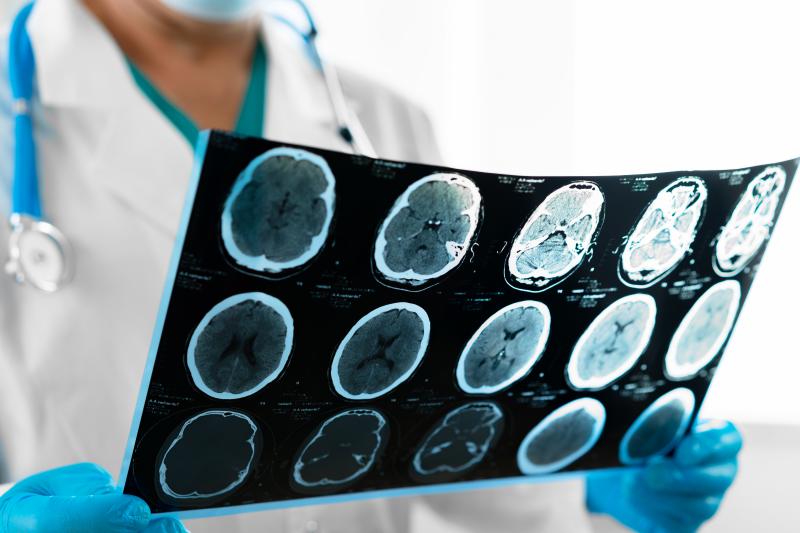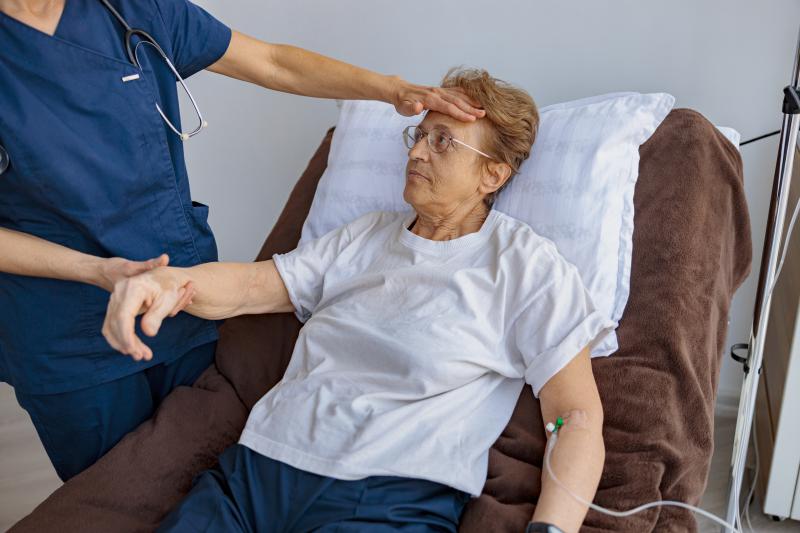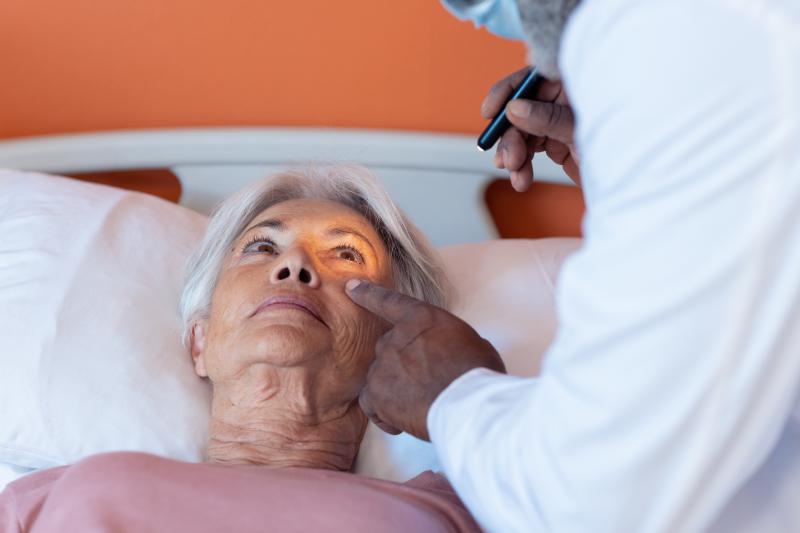Understanding Strokes Types Risks Symptoms and Effective Treatments
What is a Stroke?
When discussing strokes, it is crucial to understand the two primary types that affect individuals: ischaemic strokes and haemorrhagic strokes. Each type stems from different issues within the brain's blood vessels and has unique implications for the brain's function and health.
Ischaemic Stroke: The Prevalent Type
Ischaemic strokes occur when a blood clot obstructs or narrows an artery leading to the brain, severely reducing blood flow. This lack of blood flow causes brain cells in the affected area to begin dying from the lack of oxygen and nutrients they need to function effectively. About 85% of all stroke cases are ischaemic. These blockages typically arise from two distinct conditions:
Thrombotic stroke: This form of ischaemic stroke develops when a blood clot (thrombus) forms in one of the arteries supplying blood to the brain. It often occurs in areas where the arteries have been narrowed over time due to cholesterol buildup—a condition known as atherosclerosis.
Embolic stroke: This type of stroke occurs when a blood clot or other debris forms away from the brain — commonly in the heart — and is swept through the bloodstream to lodge in narrower brain arteries. This is often seen in people with heart conditions such as atrial fibrillation, which causes irregular heartbeats that can lead to clot formation.
Haemorrhagic Stroke: The Critical Condition
Haemorrhagic strokes make up about 15% of stroke cases and occur when an artery in the brain bursts, leading to bleeding (haemorrhage) either in the brain or between the brain and the skull. This bleeding leads to increased pressure in the brain and irritation of brain tissues, which can damage brain cells. There are two main types of haemorrhagic stroke:
Intracerebral haemorrhage: This is the most common type of haemorrhagic stroke, occurring when an artery in the brain bursts, flooding the surrounding tissue with blood.
Subarachnoid haemorrhage: Less common than intracerebral haemorrhage, this type occurs when there is bleeding in the area between the brain and the thin tissues covering it. A frequent cause is the bursting of an aneurysm (a balloon-like bulge in an artery that can grow and burst).
The immediate impact of a haemorrhagic stroke is often more severe than that of an ischaemic stroke, and the recovery process can be more complicated, involving careful medical management to control bleeding and reduce pressure in the skull.
Both types of strokes require immediate medical attention as they quickly lead to irreversible damage to the brain’s cells. Recognising the signs early and getting prompt treatment can significantly influence recovery and reduce the risk of long-term disability.
Who is at Risk of Having a Stroke?
Risk factors for stroke can be split into two categories: lifestyle and medical factors. Lifestyle factors include smoking, poor diet, a lack of physical activity, and excessive alcohol consumption. Medical factors encompass high blood pressure, high cholesterol, atrial fibrillation (an irregular heartbeat), and diabetes. Age also plays a significant role, with the risk increasing as people get older, particularly those over 55. However, strokes can and do occur at any age.
Recognising the Symptoms of a Stroke - FAST
Recognising a stroke quickly can be crucial. The main symptoms can be remembered with the acronym FAST:
Face: The face may have dropped on one side, the person may not be able to smile, or their mouth or eye may have drooped.
Arms: The person may be unable to lift both arms and keep them there because of weakness or numbness in one arm.
Speech: Their speech may be slurred or garbled, or the person may not be able to talk at all despite appearing to be awake.
Time: It’s time to call emergency services if you see any of these signs.
Other symptoms include problems with balance, sudden severe headache, confusion, dizziness, and severe vision problems.
Navigating Life After a Stroke: Understanding Recovery and Adaptation
Living with the effects of a stroke varies significantly among individuals and can dramatically alter one's lifestyle and independence. Recovery from a stroke is often a long and challenging journey that can unfold in various ways, depending on the severity of the stroke, the area of the brain affected, and the individual's general health prior to the stroke.
Physical Challenges
One of the most noticeable impacts of a stroke can be physical impairment. Many survivors experience difficulty with movement and coordination. This can range from mild stiffness or weakness in an arm or leg to more severe paralysis on one side of the body. Physiotherapy plays a crucial role in recovery, helping individuals regain as much movement as possible. Adaptive devices, such as walkers, canes, or wheelchairs, may also be necessary to aid mobility and enhance quality of life.
Cognitive Effects
Cognitive impairments are also common following a stroke. These can include problems with memory, attention, and problem-solving skills. In some cases, stroke survivors may experience a slower processing speed, making it difficult to follow conversations or perform tasks that were previously routine. Cognitive rehabilitation therapy is often recommended to help regain lost cognitive functions and learn new strategies to compensate for any deficits.
Emotional and Psychological Adjustments
Emotional changes are frequent among stroke survivors, who may find themselves dealing with a range of emotions from frustration and anger to sadness and despair. Depression is notably prevalent, affecting about one-third of stroke survivors. Psychological or psychiatric therapy, along with support from family and friends, is vital in managing these emotional challenges. Joining support groups where survivors share experiences and coping strategies can also provide comfort and a sense of community.
Communication Difficulties
Another significant area impacted by strokes is communication. Aphasia, which affects the ability to speak, read, or write, occurs in many people who have had a stroke, especially when the left side of the brain is involved. Speech and language therapy is critical for those who face these issues, focusing on improving speech fluency, comprehension, and the ability to use language effectively.
Support Systems
The role of a strong support network cannot be overstated in the context of stroke recovery. Support from family and friends provides not just emotional comfort but also practical help with daily tasks. Professional caregivers might also be part of the care team, especially in cases of severe strokes. Furthermore, stroke recovery groups and online forums can be invaluable resources, offering advice, sharing resources, and providing encouragement from those who understand the challenges of post-stroke life.
Recovery from a stroke is undeniably complex and multifaceted, encompassing physical, cognitive, emotional, and communicative challenges. Each stroke survivor's path to recovery will be unique, with some regaining much of their pre-stroke function and others learning to adapt to new limitations. With the right support and rehabilitation services, however, many can find ways to live fulfilling lives despite the changes brought on by their stroke.
© 2024 The Card Project Uk Ltd
VAT: 453 2087 06
|



